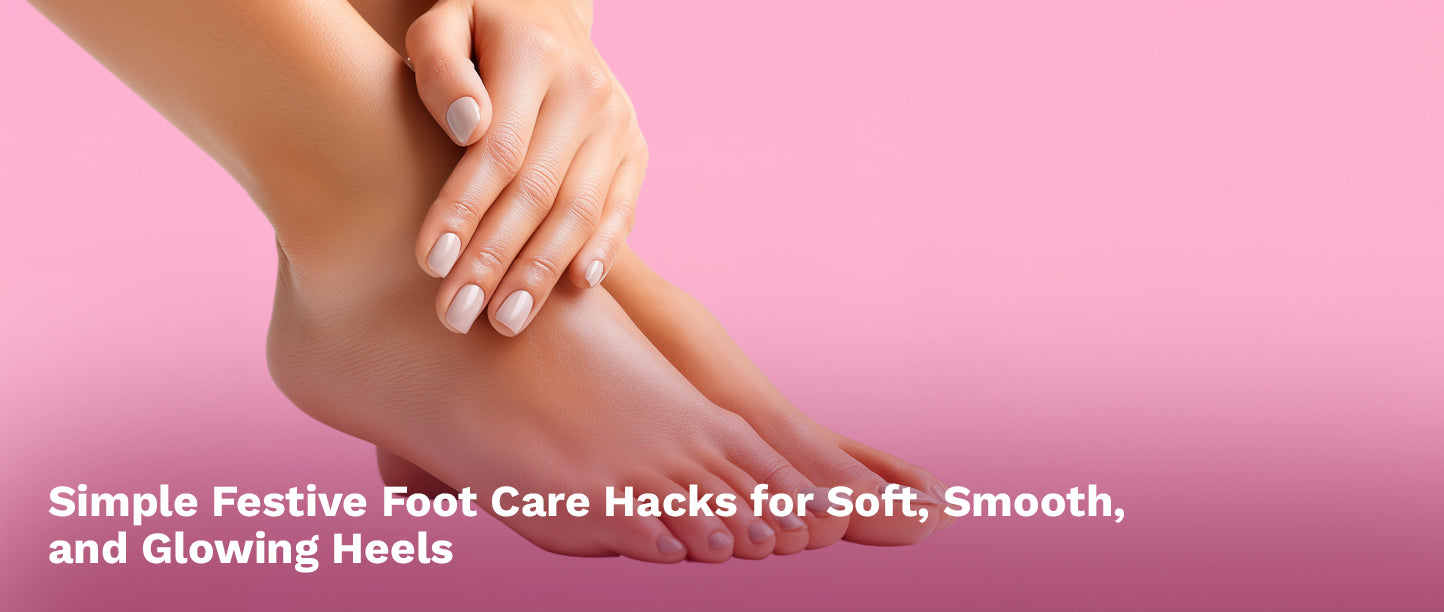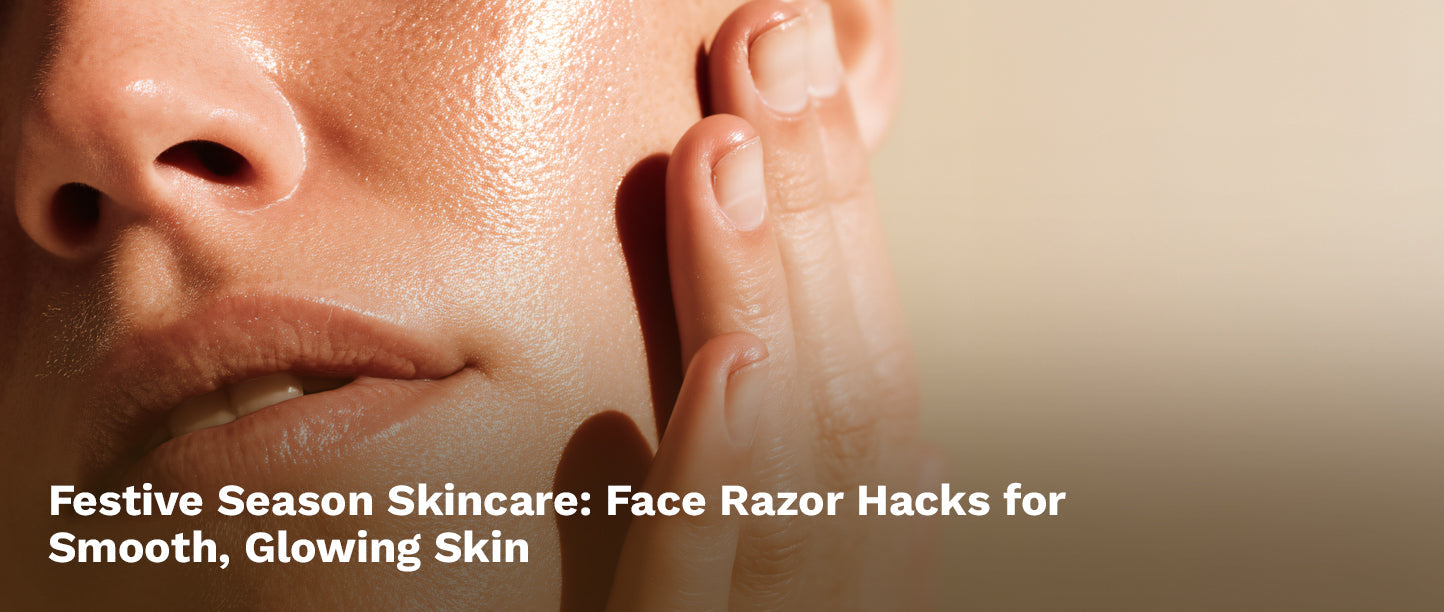Among most people that don’t experience the menstrual cycle, PMS is not taken very seriously. It’s apparently an “excuse” for people to get out of work, but what isn’t common knowledge is that 90% of menstruating people experience PMS!
Pre-Menstrual Syndrome or “PMS” is a combination of symptoms people often get a week or two before their periods. These symptoms can be extreme, resulting in calling in sick to work or school.
But what exactly is PMS, and how can you manage it? Read on for more information.
What is PMS?
Pre-menstrual syndrome is a combination of physical and emotional symptoms like constipation, bloating, cramping, fatigue, irritability etc. which people may experience after ovulation and before the start of their periods. Many researchers believe that the cause of PMS is the sudden drop of Oestrogen and Progesterone levels after ovulation. These symptoms go away once the hormonal levels start to rise. While minor PMS symptoms are normal, if it hinders your daily activities, you should consult a doctor.
Now, let’s take a look at some of the symptoms of PMS and how to relieve them.
Symptoms
The symptoms for PMS may vary from person to person. The physical symptoms include bloating or gassiness, swollen or tender breasts, constipation or diarrhoea, cramping, headache, and backache. Emotional symptoms are irritability, fatigue, sleep disorders, appetite changes, trouble with memory or concentration, anxiety, depression, mood swings ,and decreased libido. These symptoms may change throughout your life.
How to relieve these symptoms?
PMS can’t be “cured” since it’s caused by the fluctuations in your hormonal levels, but you can ease the symptoms. Mild to moderate symptoms can be relieved using the following tips, however, if you experience extreme symptoms and pain, it could be a sign of Premenstrual Dysphoric Disorder which is a rare and severe form of PMS.
Exercise regularly
Daily exercise can help with depression, fatigue, and improving your overall health. Try to not skip working out, even during your period. Exercise can reduce cramps, body pains, and intense food cravings.
Eat right
Choose healthy foods rich in Calcium, Magnesium, Folic Acid, Vitamin B, and avoid caffeine or too much salt. Eating healthy most of the time will help you stay energetic, manage stress, and bloating.
Check out our blog on what to eat during your periods for more information!
Sleep
You should try to get enough sleep every night, at least seven to eight hours. Lack of sleep can lead to depression, stress, anxiety, bloating, and intense mood swings.
Stress
Try to find healthy ways to reduce stress; yoga and meditation. Stress not only contributes to worsened PMS symptoms but also causes weight gain, irritability, and fatigue! Indulge in regular meditation and yoga to combat stress.
Diuretics and pain killers
Although medication isn’t advised, if the problem is severe, you may take pain killers to relieve cramping pain. Diuretics can help get rid of the excess water in the body, thereby reducing bloating. If you want to avoid pills, natural remedies like ajwain (carrom seeds) can also helping with pain and bloating.
You can also use the Pee safe cramp relief roll on, made of 100% natural ingredients like Satva Pudina and eucalyptus oil which calms irritability and uplifts your mood instantly!
Avoid smoking
Smoking can worsen your PMS symptoms and should definitely be avoided.
We know periods are tough! PMS usually recedes within three to four days after your cycle begins. Mostly, it’s not something a hot water bottle, some chocolate, rest, and laughter can’t cure. Try these tips, and you’ll see! Stay healthy!


